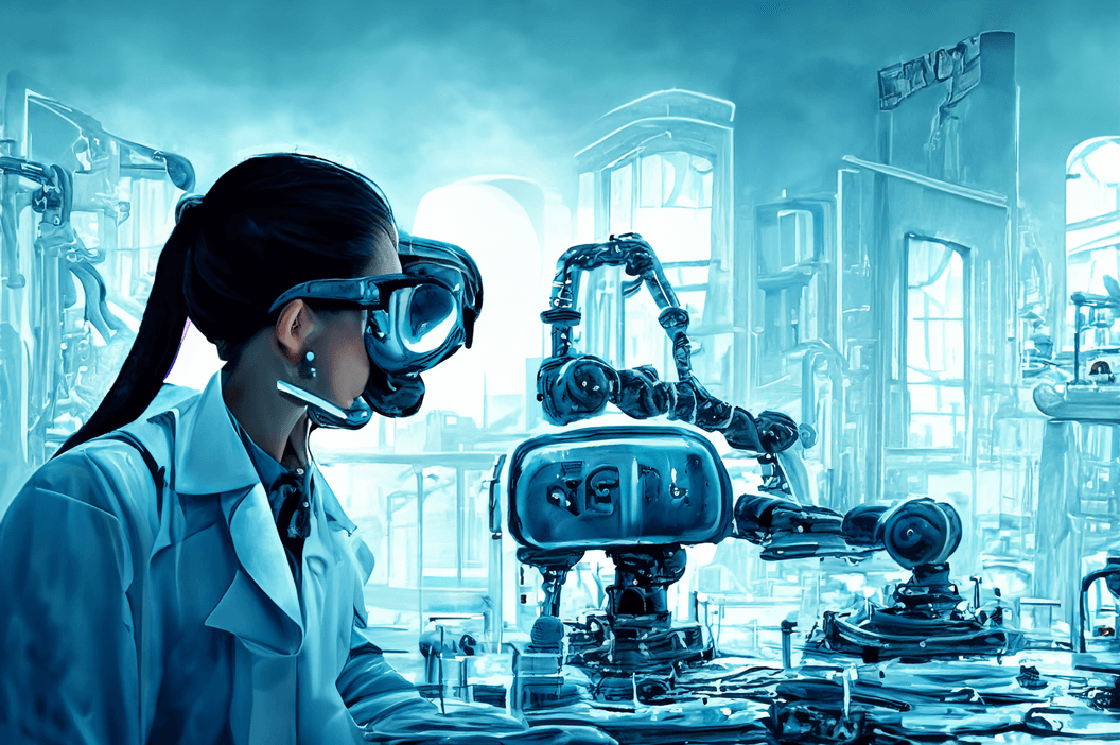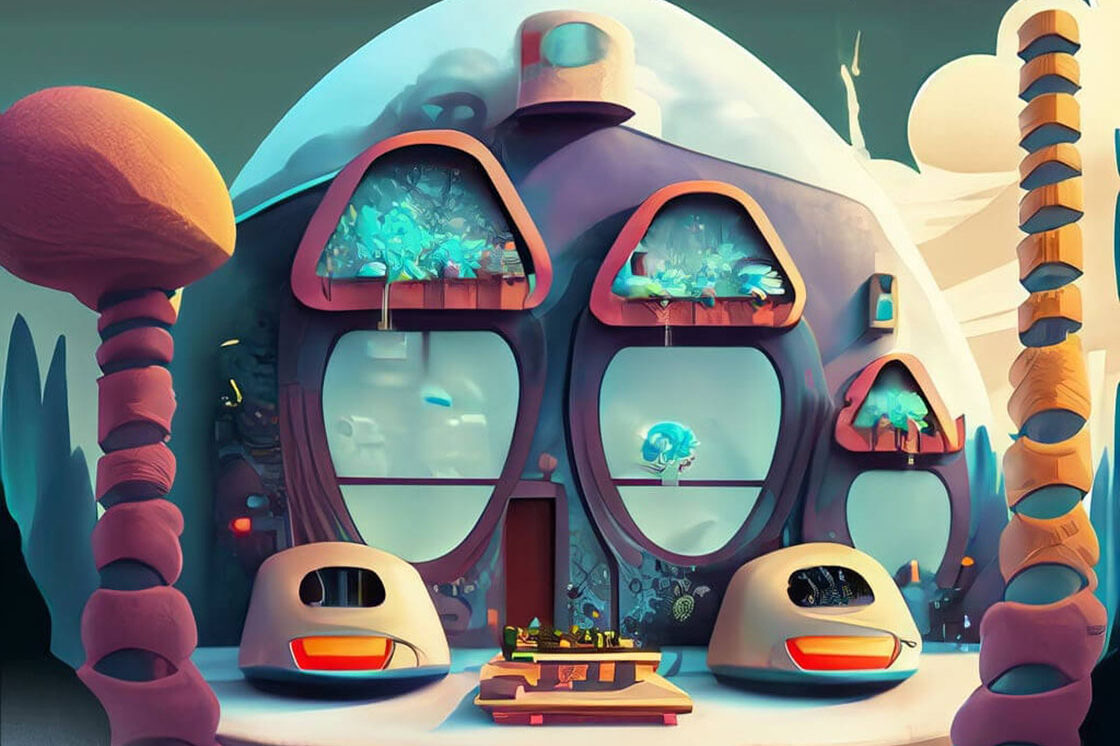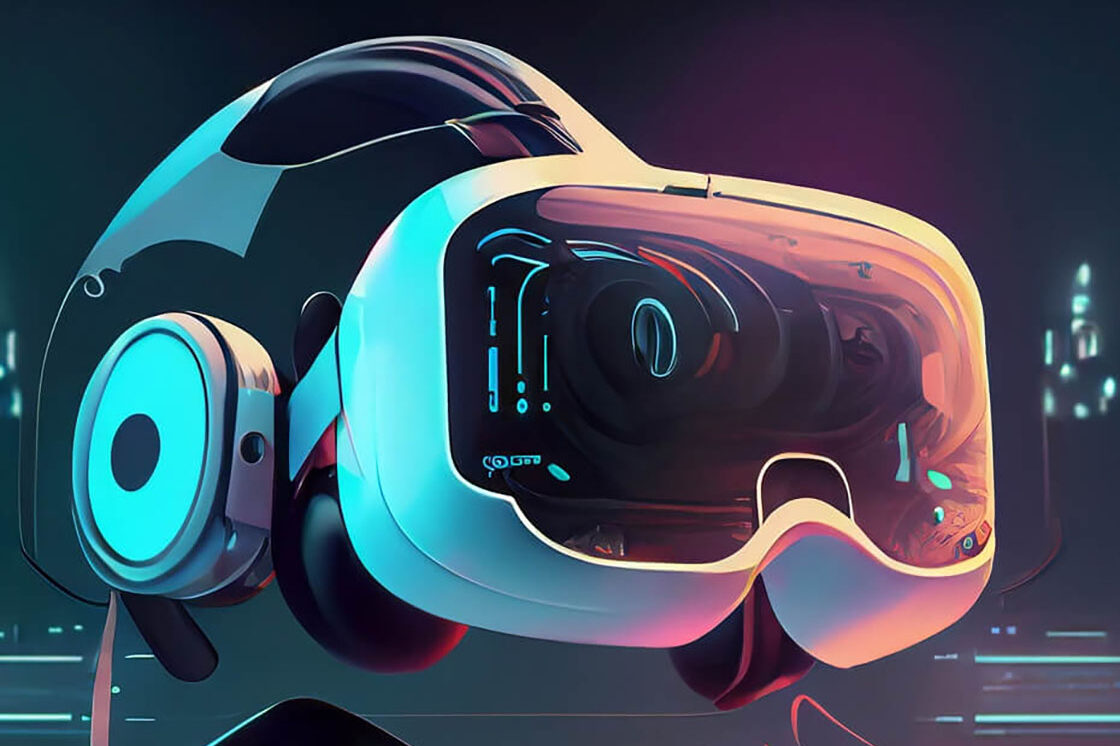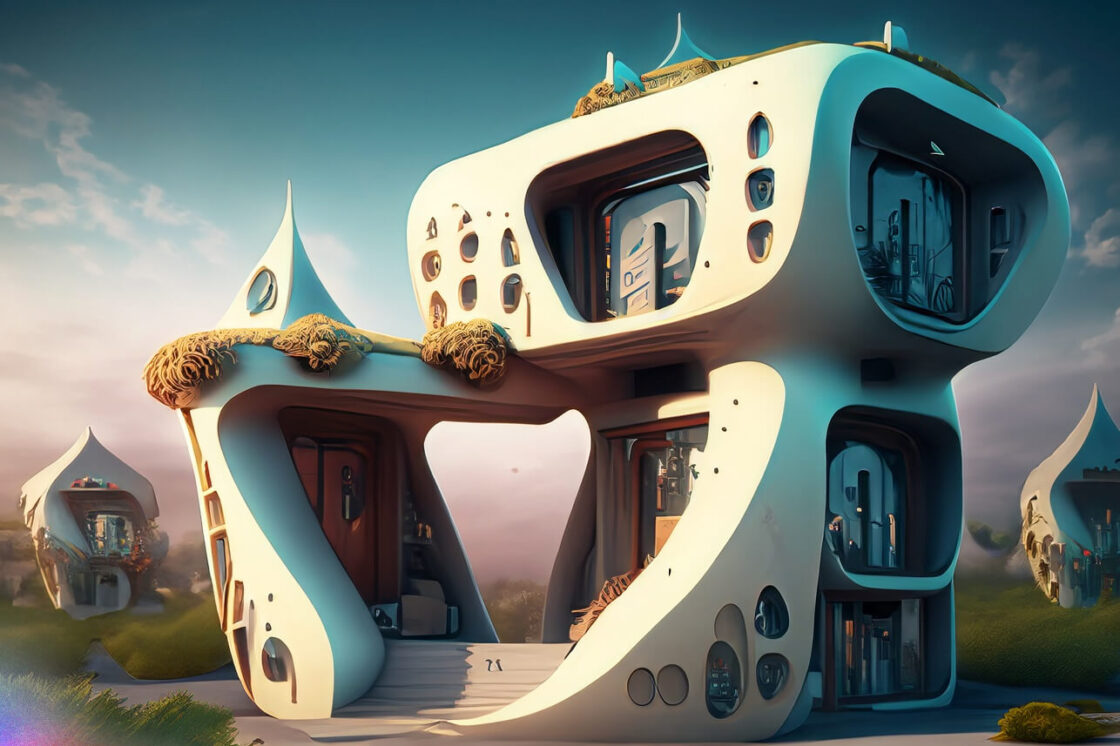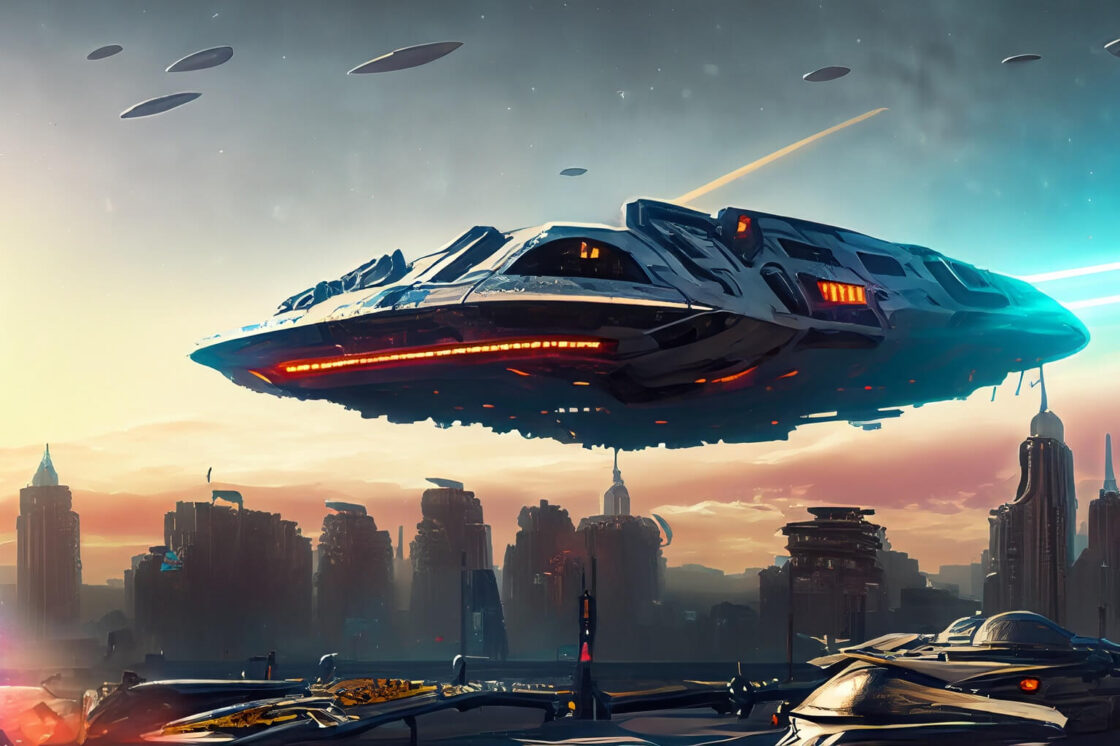In the world of computing is virtually unrecognizable from what it is today. Quantum computing, once a nascent field, has emerged as the dominant force in the technological landscape. This revolution is not merely an evolution of classical computing but a complete reimagining of how we process information.
At the heart of quantum computing’s power lies the qubit, the quantum equivalent of the classical bit. Unlike classical bits, which can only represent either 0 or 1, qubits exist in superpositions, meaning they can represent both 0 and 1 simultaneously. This fundamental property allows quantum computers to perform incredibly complex calculations at speeds that were previously inconceivable.
One of the most profound impacts of quantum computing is in the realm of cryptography. The advanced computational capabilities of quantum computers pose a threat to current encryption methods, potentially rendering them obsolete. However, this same threat has spurred the development of quantum-resistant cryptography, ensuring the security of digital communication in the 23rd century.
Quantum computing also unlocks new frontiers in fields such as materials science, drug discovery, and climate modeling. The ability to simulate molecular interactions with unprecedented accuracy accelerates drug development, while quantum simulations of complex systems help us better understand and combat climate change.
In finance, quantum computing revolutionizes risk assessment, portfolio optimization, and algorithmic trading. It enables the rapid analysis of vast datasets, providing traders and analysts with unparalleled insights and decision-making capabilities.
Moreover, artificial intelligence and machine learning reach unprecedented heights with quantum computing. Quantum neural networks can process and analyze massive datasets, paving the way for breakthroughs in natural language processing, image recognition, and autonomous systems.
While quantum computing’s potential is boundless, it is not without its challenges. Building and maintaining quantum computers at scale are monumental tasks, and many practical applications are still in the experimental stages. Nevertheless, the 23rd century marks an era where quantum computing reshapes industries, solves problems previously deemed unsolvable, and propels humanity into a future limited only by the bounds of imagination.

